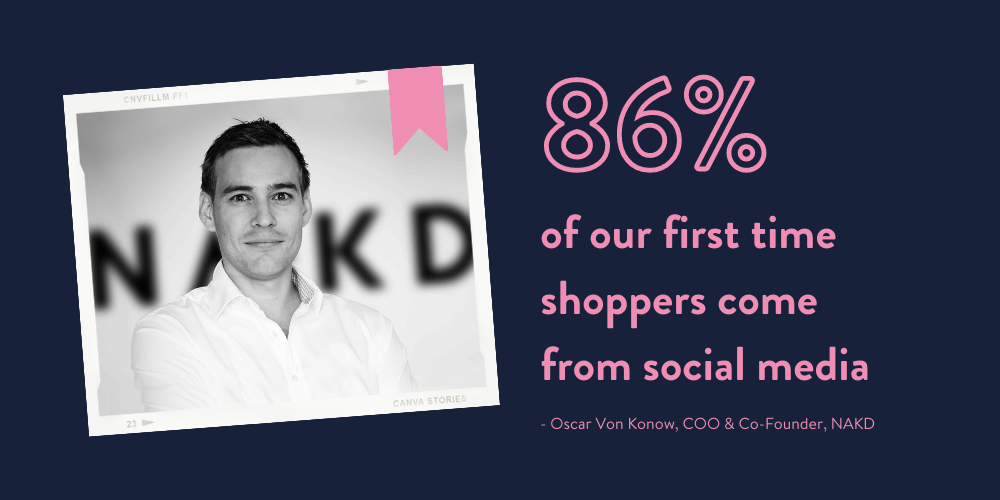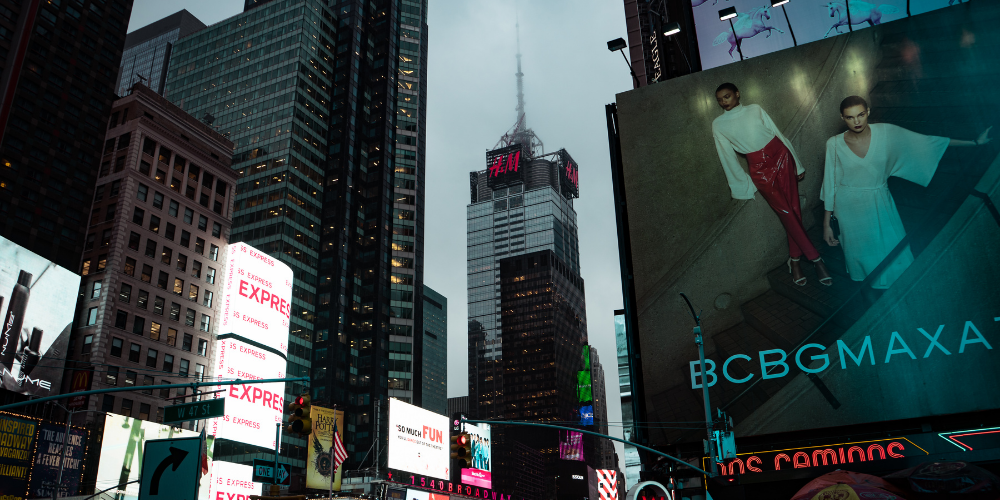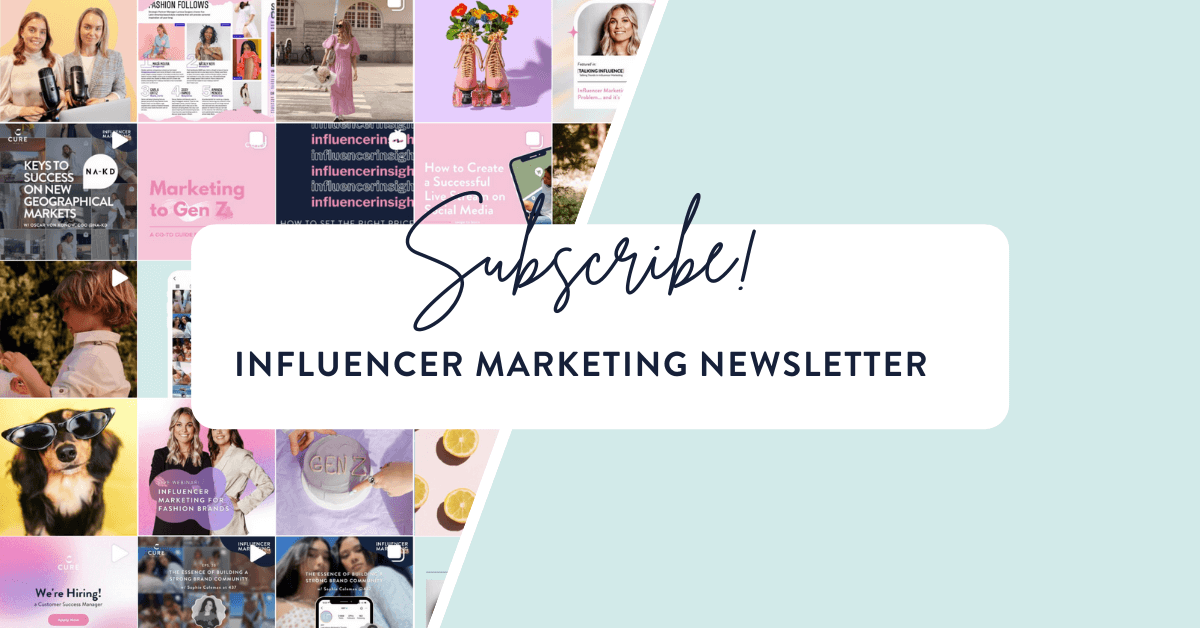Netting a billboard in Piccadilly Circus or Times Square used to be the pinnacle of advertorial achievement. With millions of eyes passing your site every day, you had a captive audience with a capacity for engagement limited only by the creativity of your marketing team.
The State of Play
Now, times have changed, and as new channels and technologies compete for consumer attention, it can be difficult to know where your budget could be most effectively invested. Overwhelmed by choice and struck by decision inertia, many marketers are still opting to leave their budget where it has always been, leading to a misguided bias for traditional channels such as Out-of-Home (OOH), TV or print.
Historically regarded as the strongest players when it came to building brand awareness on an incomparable scale, these three channels have capitalised on traditional models for human existence — after all, everyone goes outside and almost everyone owns a television. However, just as magazines and newspapers have steadily fallen out of favour with consumers, so too have these once-popular marketing channels. Further to this, as digital mediums such as social media and influencer marketing have entered the arena, offering the same reach as traditional channels but with the measurability their predecessors lacked, traditional channels have been rendered almost redundant.
Consumer Behaviour
The simple fact is that the way we interact with and exist within the world has changed dramatically since the heyday of traditional marketing; TVs have become little more than background noise, and billboards go unnoticed as consumer attention – even on the move – remains glued to the screens in their hands. In fact, a report commissioned by Facebook recently found that 94% of people keep their smartphone to hand when they’re watching TV, and in-home eye-tracking showed that viewers are only even focused on the television 53% of the time. Now who wants to place bets as to what that number drops to when the ad break comes on?
The abundance of media and entertainment has led to shortened attention spans and greater competition for them, necessitating higher and more complex levels of personalisation to engage your audience. However, it is not just the buffet of content online that you have to worry about, it is also the glut of marketing messages. With every marketplace saturated and the same stale messaging being recycled across channels and brands, consumers have become cynical to the point where 96% of shoppers simply do not trust ads. Instead, they are placing their trust (and their credit cards) in the hands of their peers.

Listen to our podcast with Oscar Von Konow here.
Advertising Reimagined
Where traditional channels fail to garner either attention or trust with modern consumers, peer-to-peer communication and user-generated content have risen to the fore to take their place with 92% of shoppers placing more trust in the reviews and recommendations of their peers than in adverts. However, earned media and consumer coverage is as unpredictable as it is effective.
Enter influencer marketing.
Occupying the sweet spot between traditional channels and spontaneous peer-to-peer communication, influencers offer brands the authenticity and relevance they desperately need but at a scale that has been difficult to replicate without more traditional mediums in play.
Setting up residence in the palm of consumers’ hands, influencers have been expressly chosen by their audience, their opinions have been pre-approved and their content prioritised over the myriad other options available on the world wide web. While a billboard espousing your brand’s best attributes or your offering’s greatest benefits might read as phony to a sceptical and jaded shopper, the same review offered by an influencer will not only be regarded as infinitely more trustworthy but it will be delivered directly to your highly targeted prospect via their smartphone or laptop, removing the element of chance that has hampered traditional channels.
New Kids on the Block
As digital native brands emerge seemingly out of nowhere to dominate the marketplace, it is no coincidence that when you look at their budgets a sizable chunk of their investment is made out to influencer marketing. Retailers, brand leaders and marketing managers who have grown up in the digital age have an innate understanding of this new landscape and are ready to capitalise on this knowledge. While more traditional brands dip their toe in the water, digital native disruptors are diving in, responding with both the speed and scale required to reap the rewards.
To Wrap Up…
All this being said, the temptation might still be to stick to what you know. However, if you’re already noticing declining engagement rates and ROI from your traditional marketing efforts, then here are three things you might want to consider:
- This trend is not limited to younger generations. With 76% of Gen X consumers reporting an increase of time spent on social media in the last year, it is clear that traditional channels are losing ground across the board and every brand should reassess their budget distribution, regardless of their consumer base.
- With the plethora of channels available and the rate of digital transformation accelerating, your channel choices should be subject to regular review as standard to keep your brand at the forefront of trends and technologies.
- And finally, and most pertinently, the gap between traditional brands and digital disruptors is widening every day.
It is by no means too late for more traditional marketing teams to change tact and beat the digital natives at their own game, but the longer you leave this decision the more ground they gain and the smaller your share of the audience’s awareness becomes.
Choosing which channels you invest your budget in can be an overwhelming decision, but they make up the foundations of your marketing strategy — so make sure those foundations are strong.



